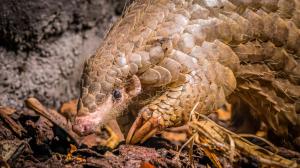News
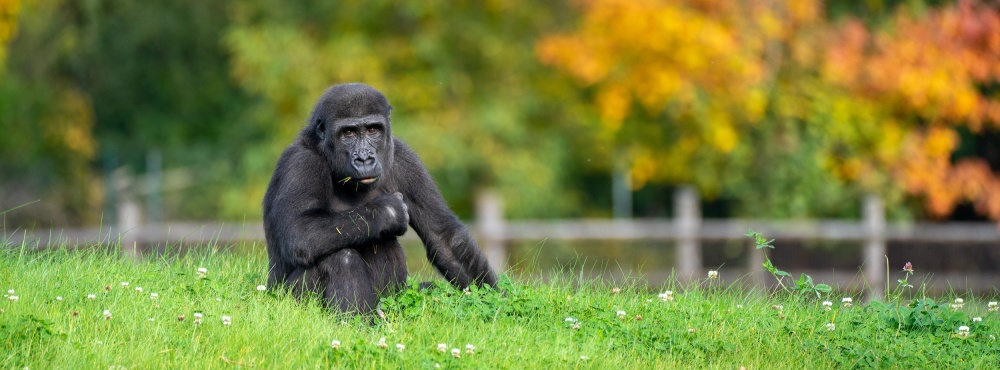
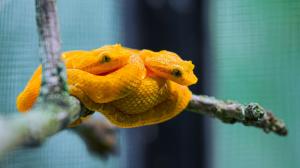
Four have inherited their mother’s yellow colouring, but one is green and pink from their father. The young of the venomous eyelash vipers can now be seen at Prague Zoo’s Feline and Reptile House. They are on display in what is literally a terrarium within a terrarium – in a mini-exhibition located inside the terrarium for...
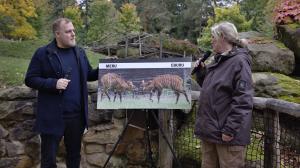
On Saturday, October 11th, Prague Zoo ceremonially “baptised” two mountain bongo calves. Their godfather is the YouTuber Stejk. The names of the two males emphasise the threats these forest antelopes face. Critically endangered, the only place where bongos live in the wild is in Aberdare National Park in central Kenya. The...
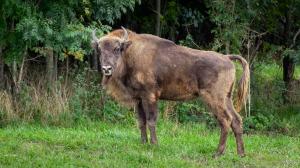
Thanks to Prague Zoo’s “Bison in Prague” project, Europe's largest land mammals will once again roam free in Dolní Počernice. The herd of three female European bison will soon be joined by a bull, who is on his way from Finland. Together, they will both enlarge the species’ numbers, it almost became extinct! They will...
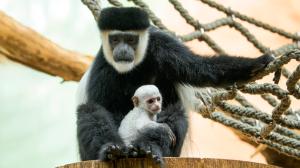
A baby mantled guereza was born at Prague Zoo. This is the first time the Dja Reserve has had a birth of these African monkeys. It is also Prague's first baby of this the rarer kikuyuensis subspecies, which the zoo has been keeping since the start of the year. In contrast to its black-and-white parents, the baby is snow-white,...

On Sunday 28th, as is traditional, Prague Zoo celebrated the anniversary of its opening on Czech Statehood Day. A whole host of distinguished guests came to wish it a happy 94th birthday. The Mayor of Prague, Bohuslav Svoboda, and his deputy, Jana Komrsková, pointed out the successes the zoo has had in breeding and the ongoing...
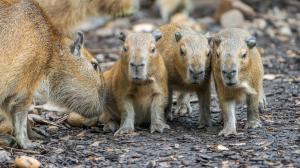
Prague Zoo welcomed the offspring of one of today’s most popular animal species – the capybara. The world’s largest rodent has gained extraordinary popularity in recent years, especially on social media. All four young capybaras can already be seen in the Water World and Monkey Islands exhibit, located in the lower part of Prague Zoo.
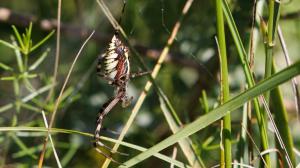
During my short stay at the very east of Mongolia, in the Valley of Monasteries, I could not get enough of the diversity of steppe flowers and the richness of insect. I quickly captured at least some representatives of local flora and fauna on my mobile phone, so that I could remember and identify them later.
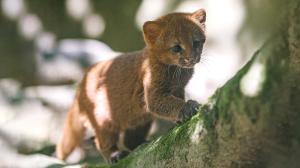
Together they play, lurk and test their parents’ patience. Visitors to the Prague Zoo can now see two adorable jaguarundi kittens. Although the Prague Zoo has been breeding these South American felines since the 1990s, this is the first time you can see twins carrying the “fox gene”. Jaguarundi are naturally found in...
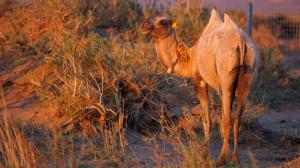
The last time I was in Toli Bulag, deep in the Mongolian steppe, was many years ago with Mongolian conservationist Adiya and the Deputy Director for Zoology of our zoo Jaroslav Šimek. I can’t even remember exactly, when it was. At that time, we visited Toli Bulag to assess if this locality, whose name could be translated as...
ZOOPRAHA.CZ
Contacts
- The Prague zoological garden
U Trojskeho zamku 120/3
171 00 Praha 7
Phone.: (+420) 296 112 230 (public relations department)
e-mail: zoopraha@zoopraha.cz
Others


